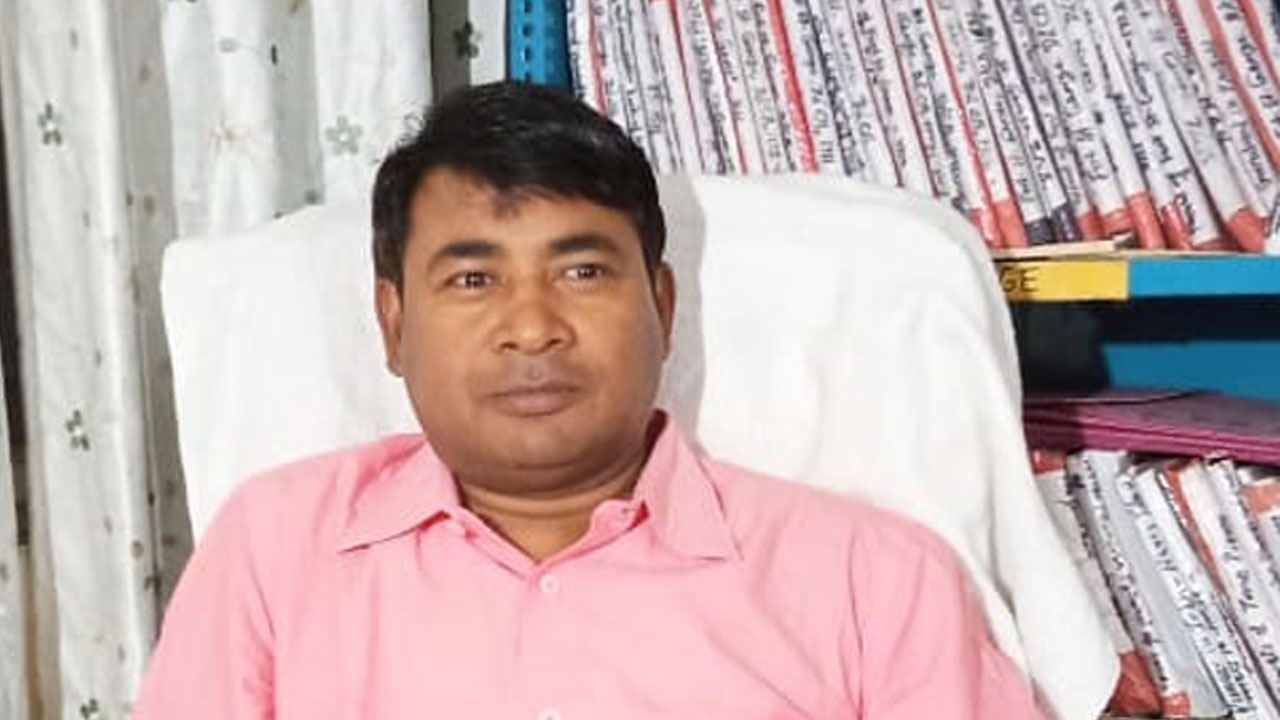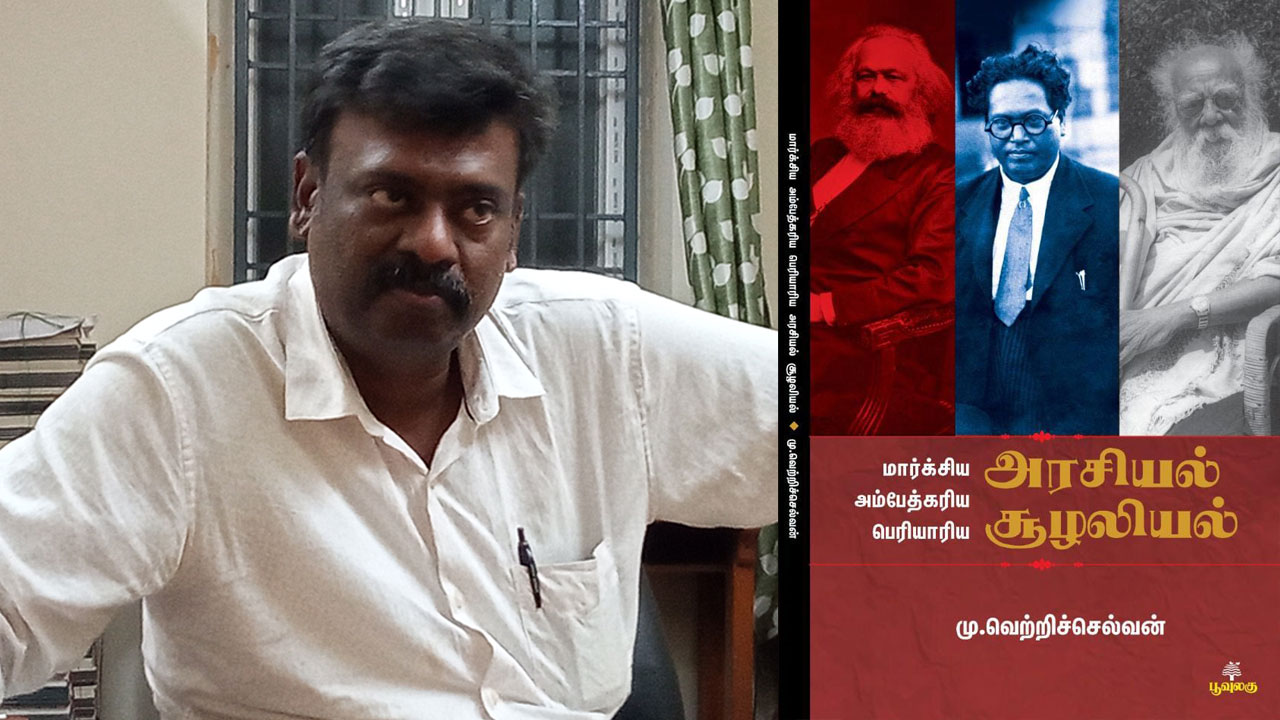Someone once asked me whether I could write a story ona village lane being blocked. There was a reason why the story needed to be told: Because of the blockade, women who, for some reason, could not relieve themselves before dawn had been forced to wait till well after sunset. One could only imagine the agony the women had to go through for more than 12 hours. But, as a journalist, the problem before me was finding a media organization that would give space to a story on the blocking of a lane in one of the six lakh villages of the country.
Journalists have their hands tied. They have to ensure that whatever they write is acceptable to the media organization they work for. Journalism is all about a journalist’s dependence on one or the other media organization.

Once again, I am faced with a similar question. Can I write a story on a road in a village being closed? When, earlier, I was asked to pen the story on the blockade of the lane I did not see it as the blockade of one lane but as the blockade of thousands of lanes in thousands of villages, condemning lakhs of women to distress. Almost every event and incident is repeated across geographical boundaries and time. This is not the story of the blocking of lanes. This is a form of repression – just as Dalits are repressed by closing pathways and roads. A road is not merely meant to get you from one place to another. It is also the way through which new ideas enter the village and old ideas are edged out.
When we were in school, we were taught that trains and vehicles running on roads were a means of communication. India has progressed tremendously vis-à-vis the means of communication but hardly any data is available on who has benefited from this progress. How many gravel roads have reached the tolas at the southern end of the villages? How many metalled roads?
Last month, I heard two stories of closure of roads in villages, interestingly, both from journalists. That was because though they had reached the capital of the news publications from the southern tolas of their villages, whenever they went to their native places, they were reminded that they came from the southern tolas that haven’t seen a proper road since the beginning of time.
One of them wrote from his village, Simiridih (Post and Thana: Warsaliganj, District: Nawada, Division: Gaya, State: Bihar-895130): “Sir, there are around 200 houses in Simiridih, of which 60 are inhabited by Dalits (Mushars and Chamars). The rest belong to the Bhumihars. The path used by the Dalits passes near the house of [the name of a person]. About four months ago, he built a wall and blocked the way. He is a muscleman. The Dalits demonstrated right from the block to the district levels. The block officer visited the village. In his presence, it was decided that the Dalits will get a right of way on a piece of government land close to that man’s land.
Accordingly, orders were issued that a road be constructed on that land and financial allocation was also made. It was decided that the construction would start in May. However, now, that person does not want the construction of the road to go ahead because he has illegally occupied that piece of government land too. The administration is doing nothing. Once it starts raining, the Dalits will a face serious problem. When the ground is dry, one can somehow negotiate one’s way. But when it is pouring, you require a road. Where do the Dalits go? Please do something.”
The second letter was almost the same, just the names of the village and the state were different. It read: “Khaderu Baba! He is a Dhobi by caste. Someone told him about my selection in the Indian Institute of Mass Communication. He was told that after completing my degree in journalism, I would become more powerful than the district collector. I was visiting my native place during the Diwali vacations. One evening, he came to meet me. When there was no one around, he told me softly, ‘Babu, I am told you study at a very good place. Please persuade the DM saheb to get a road built here.’ He probably felt that he had a right to ask me and I had the power to force the DM’s hand.”
A road is not merely a thoroughfare for them. It is also a symbol of self-assertion, of freeing themselves from the overbearing feudalism. That his daughter’s bidai should take place at his doorstep is the dream of every father. But for almost half of the residents of the Khadesar village in the Deoria district of Uttar Pradesh it remains just that – a dream. There is no way any vehicle can reach their doorstep. It is worse when someone falls seriously ill. Khaderu Baba had said that a road is very much there in government maps but it not visible on the ground as the people living on its flanks have encroached upon it. They consider it part of their fields. There are narrow muddy pathways amid these fields that the villagers have to use. When it rains, the situation takes a turn for the worse. Sometimes, even the narrow pathways are blocked with thorny bushes. The Dalit farmers who have to use these pathways to reach their fields often get threats. They have to face abuses or are sometimes even pressurized to do begar (forced labour) to get access to their fields.
Only the Dalits and the women know the story of the roads. In June 2013, in Kerala’s Pathanamthitta district, Sudha, the wife of a nomadic tribal, Ayappan, fell ill. As no transport was available, he trudged 40 kilometres, carrying his pregnant wife on his back. It was raining heavily and pitch-dark as he crossed the forests of Konni to reach the Pathanamthitta district hospital in the morning. Later, Sudha was shifted to Kottayam Medical College. She was saved but the child died. In the Gehlaur village in the Gaya district of Bihar, Dashrath Manjhi’s wife Phaguni Devi had to cross a hill to fetch water. One day, she slipped and fell. The earthen pitcher broke and she sustained serious injuries. His wife’s suffering made Dashrath Manjhi commit himself to a daunting task. He spent almost his entire life to accomplish it. Using only a chisel and a hammer, he built a 365-foot-long and 30-foot-wide road, cutting through the 27-foot-high hill, thus reducing an 80-kilometre- long circuitous route to 3 kilometres.
In India, the sagas of the battles for roads are longer than the stories of the wars kings and emperors fought. The predicament of Warsaliganj and Khadesar became known as two journalists happened to hail from these places. In Gehlaur, a new road could be built because Dashrath Manjhi picked up the hammer and the chisel. Ayappan could save his wife’s life because he was strong enough to carry her on his back. But there are hundreds of stories of roads (or lack of them) that have never seen the light of the day. Who will write about them? How will these roads be built? Who will knock on the door of society and media day after day with stories of a group or a person blocking the way of the community – literally, that is?
Published in the July 2014 issue of the Forward Press magazine
Forward Press also publishes books on Bahujan issues. Forward Press Books sheds light on the widespread problems as well as the finer aspects of Bahujan (Dalit, OBC, Adivasi, Nomadic, Pasmanda) society, literature, culture and politics. Contact us for a list of FP Books’ titles and to order. Mobile: +919968527911, Email: info@forwardmagazine.in





